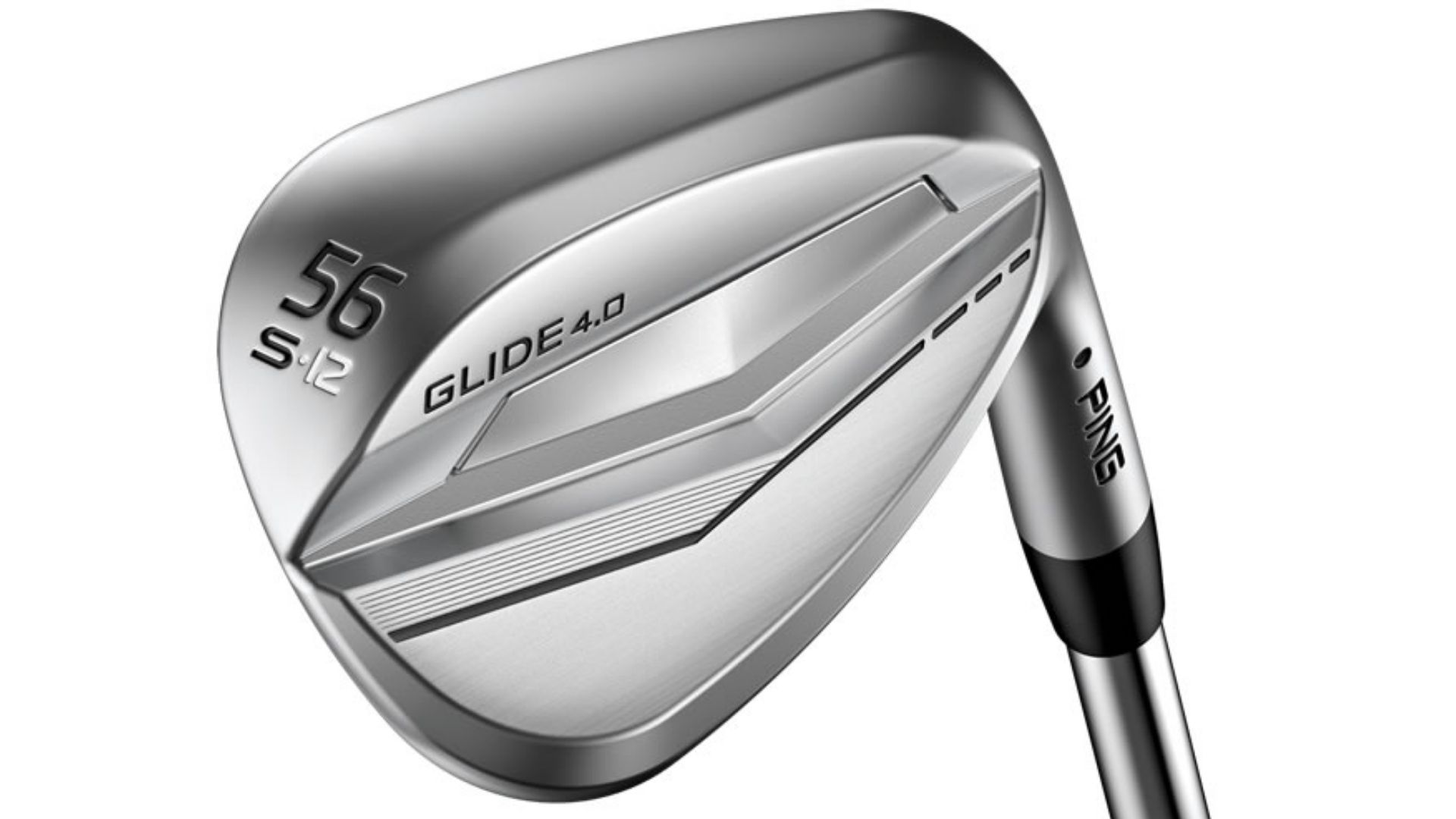Golf wedges are the scoring clubs. 70 percent of all shots occur within 100 yards of the green, making wedges essential for every golfer’s game. Wedges are crucial for creating birdie opportunities from the fairway or saving par after missing the green, but they can also cause significant trouble for golfers who struggle within the 100-yard range. Therefore, it is crucial that the wedges you have in your bag suit you and support your game.
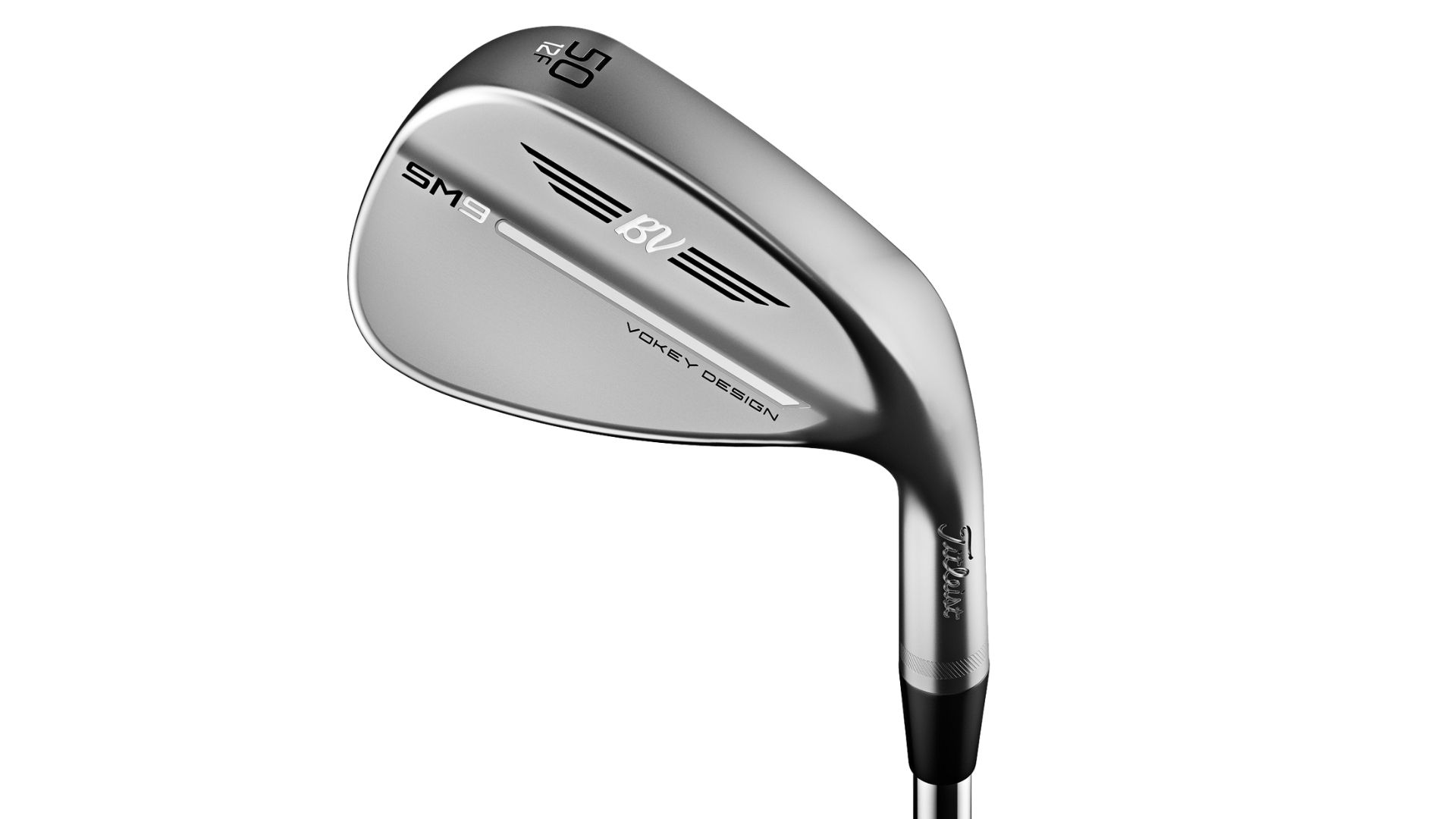
Even though golf wedges may seem to have undergone less technological development compared to irons or drivers, this is not true upon closer inspection. There are many different wedges with unique specifications, making the search for the right club to enhance your game a worthwhile endeavor. The following explanations are intended to expand your knowledge of golf wedges and help you make a decision for or against a wedge to improve your game.
The different types of Wedges
There are basically four different types of wedges:
Pitching Wedges (PW)
The first and most widely used wedge is the pitching wedge. It generally has a loft of 44 to 48 degrees and is primarily used for full swings into the green and longer chips. Many club sets today tend to give the pitching wedge a lower loft, making it “longer”. This suggests to the player that they have more distance in their shots, but it also creates a gap in the shot distances, necessitating a gap wedge.
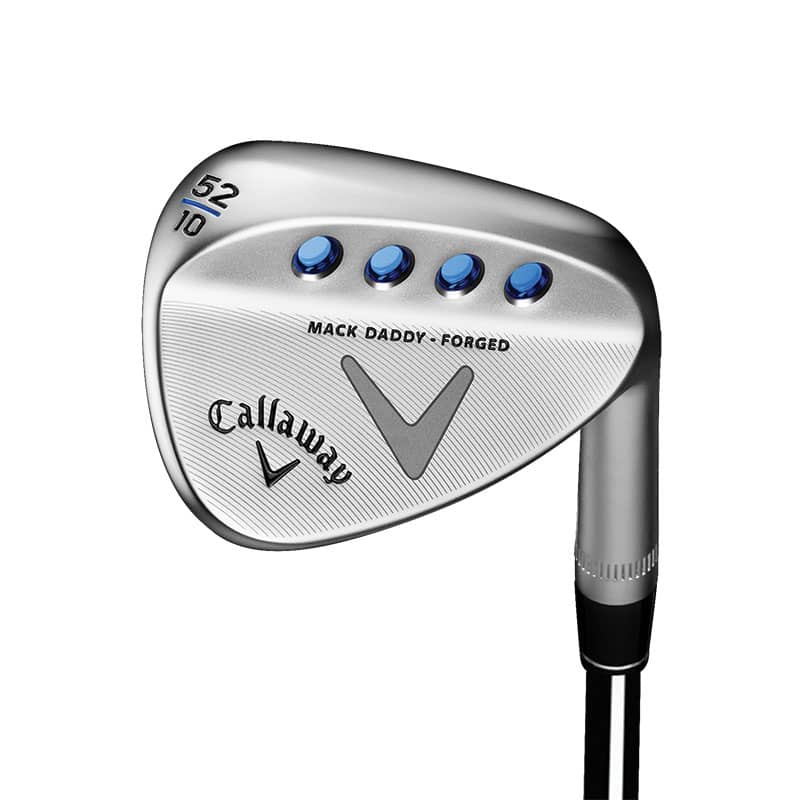
Gap Wedges (GW)
As the name suggests, the gap wedge fills the gap between the pitching wedge and the sand wedge. The loft usually ranges between 50 and 55 degrees. In terms of use, it is very similar to the pitching wedge, but the gap wedge is used from slightly shorter distances and offers a wider range of options from the fairway and around the green.
Sand Wedges (SW)
Typically, sand wedges have a loft of around 56 degrees and are primarily used to escape green-side bunkers or for short pitches. Due to the design of the sole, they are specifically tailored for these shots but also offer additional options for approach shots.
Lob Wedges (LW)
Gradually, the lob wedge has gained increasing popularity and significance in golfers’ club selections. As the name suggests, the lob wedge has the highest loft – usually 60 to 62 degrees, sometimes even up to 64 degrees – to allow the player to achieve extreme heights on the ball with pitch and chip shots. It is mostly used as a short-game club around the green rather than for approach shots. For shots from deep rough or sand, it is often more suitable due to its high loft, though it is more challenging for the less experienced golfer to play compared to wedges with lower loft.
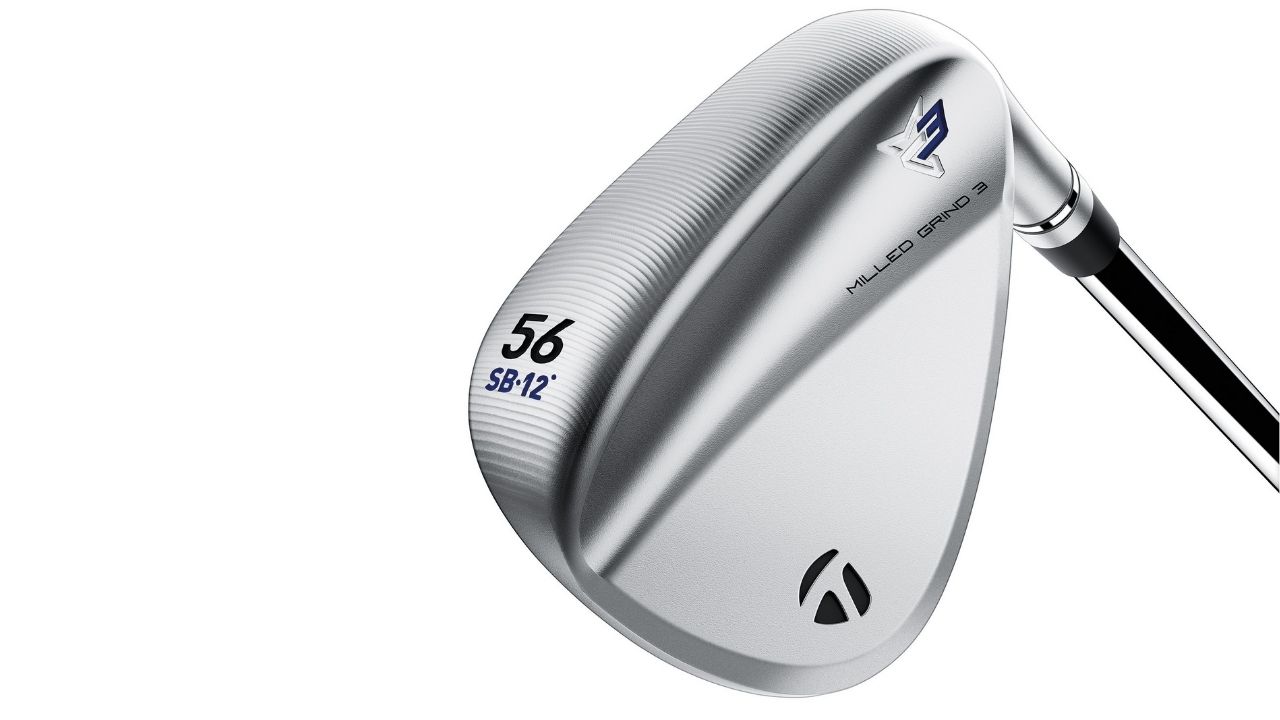
Loft and Bounce – The Angles in Golf Wedges
The loft of a golf wedge is simply the angle at which it lifts the ball off the ground. As mentioned above, wedges range from about 44 to 64 degrees. Most professionals, as well as many amateur golfers, have three to four wedges in their bag to have the widest possible range of options for short shots. The higher the loft of a wedge, the higher the ball flight will be, with a correspondingly shorter distance.
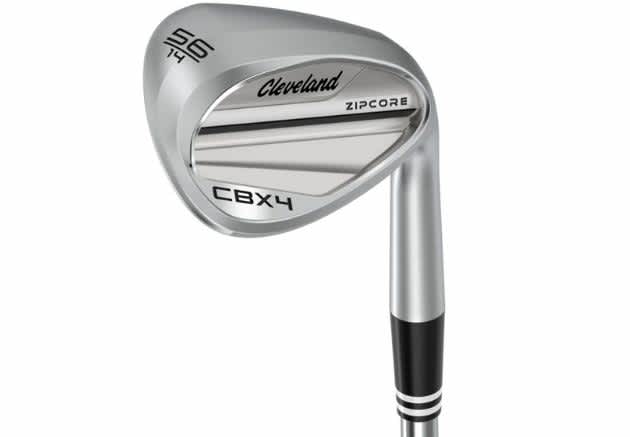
The bounce of a wedge refers to various characteristics of the club’s sole. The bounce focuses on the part of the club that touches the ground during a shot, causing the club to ‘bounce’ through the ball. Bounce is the overarching term for the elements involved in the design of the club’s sole: the bounce angle, the width of the sole, the leading edge, and the camber (the curvature of the sole). Finding the right bounce for your wedge will especially improve your chipping and pitching.
Golf wedges come with different bounces. The bounce refers to the sole of the club.
For firm ground, such as that found on links courses, a lower bounce wedge is generally more suitable. This produces a “sharper” ball contact because less surface area of the club interacts with the ground due to the flatter angle, resulting in a shallower divot. In contrast, a standard bounce is more appropriate for softer ground as it allows the club to dig deeper into the ground after impact, enabling a steeper, more aggressive swing.
Finishes of Wedges
Wedges are crafted from various materials and thus come in different finishes, which refer to the various surface treatments of a club. Here’s a selection of common coatings and their benefits.
Chrome
The traditional coating in which most wedges are delivered is chrome. It provides the classic look, a soft, solid feel, and simultaneously protects the club from corrosion.
Black Nickel
Black Nickel is a special color variant of the classic chrome coating. It offers the same durability and the same soft, solid feel as traditional chrome coating.
Nickel
Similar to the Black Nickel finish, Nickel provides a blend of the alloy’s soft characteristics with the steadfast properties of the surface. Additionally, the matte color of nickel reduces potential reflections that can occur with shiny materials, giving the wedge a traditional appearance.
Rusty/Raw
These untreated steel wedges are designed to rust over time. The corrosion on the surface provides the player with a more immediate feel and increases the spin imparted on the ball. These wedges are also matte but have the shortest lifespan of all finishes and are typically used by better players.
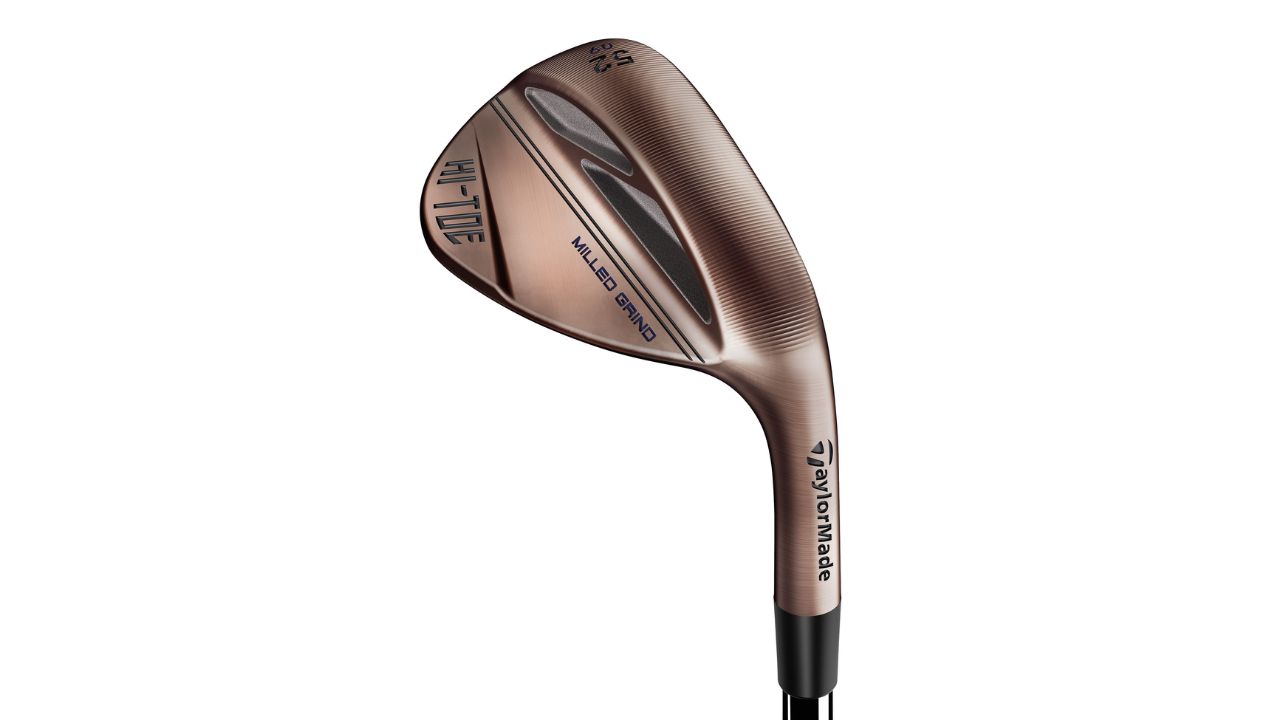
Oil Can
This finish is offered by some companies and is created through a special heat treatment. This process produces a non-reflective appearance as well as a soft feel. Over time, the Oil Can finish will evolve more and more towards a Rusty/Raw finish.
Beryllium Cooper
This finish shares the characteristics of both the Oil-Can and Rusty/Raw variants, producing an extremely soft feel. The difference from the aforementioned options lies in the material composition. Over time, the Beryllium Copper finish will darken as oxygen reacts with the metal.
Wedge shafts are mostly made of steel
Nearly all golf wedges come with steel shafts, except for clubs that are part of a graphite shaft set or have a custom fitting option. Additionally, most wedges come with a standard wedge flex in stores. This flex is similar in flexibility to a steel shaft with a stiffness rating of ‘stiff’, but tailored to the length – or rather, the shortness – of a wedge. It is designed to provide maximum feel and accuracy, but flex is generally less critical in short clubs like wedges.
